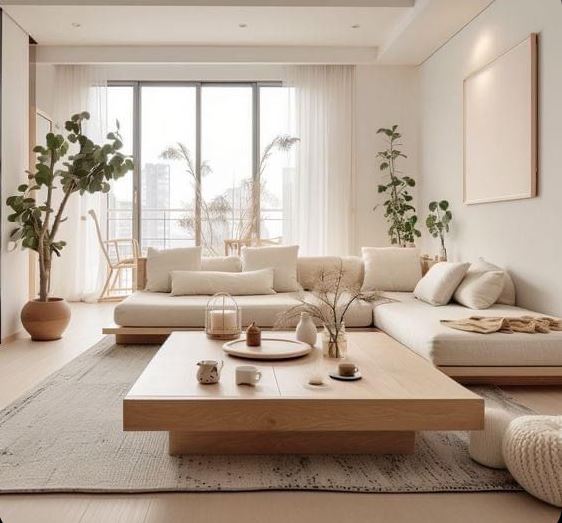Minimalism in interior design refers to how something can be simple, and feature clear lines and functionality. Applied to a living room, a minimalist approach could make the space serene and clutter-free.
Using the focus on essentials and sleek-purposeful furniture and decoration, you can create your living room to feel open, airy, and fashionable. Here are some ideas for minimalist design in a living room to help you find your calm and inviting space.
Simplicity and Functionality
A minimalist interior design principle is to focus more on functionality and the principle that “less is more.” Let’s begin with decluttering your living room. Remove everything, then leave in only those furniture pieces and decor items that have a purpose.
That way, it will open the room and give you a more serene feeling about being there. Any furniture piece you make use of should embody clean lines and simple design minus those ornate details or patterns.
Streamline sofas, chairs, tables, and ensure they don’t overwhelm the room but complement it. For example, a neutral-coloured, low-profile sofa is the perfect centerpiece in a minimalist living room, though a simple wooden or glass-topped coffee table sans elaborate design would match perfectly.
Avoid furniture that is too bulky or ornate, for it can interfere with the clean, minimalist look. Functional simplicity is key in choosing furniture.
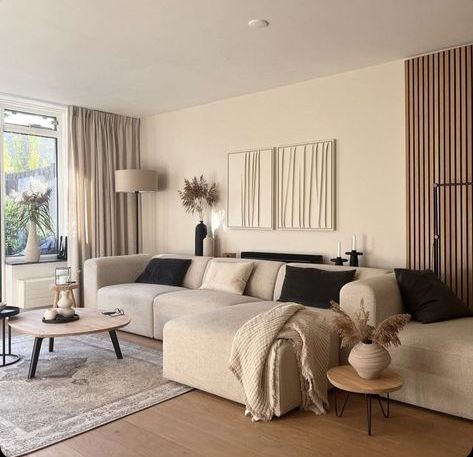
Make use of a Neutral Color Palette
Neutral colors only allow for a minimalist look. White, gray, beige, and earth-toned softness are so calming that it makes the room feel freer. These muted tones help to maximize the light within the room to give it an open feel.
You can choose furniture with similar muted tones to give a balanced and soothing look. Apply only a hint of color. Inject soft accent colors such as pastel or muted shades of blue, green, or blush through tiny decorative accents like cushions, throws, or an art piece.
Bold and overpowering colors should never be used since it would remove all the minimalist vibe.
Make use of clean lines and open space
Open space in small living rooms can actually be as crucial as the furniture designs themselves. Too much decoration or furniture should not fill the space, for contrast, or even more emphasis, open and airy-looking rooms should be developed.
There have to be clean straight lines, a smoothed design, and outstretched furniture to keep everything small and minimalist.
Furniture on thin legs or a floating design, like a wall-mounted shelf or media console, creates the illusion of lifting furniture off the ground and makes a room feel open and less cluttered.
Finally, you can select furniture that features hidden storage which will keep that clean look by providing places to hide things like books, remote controls, or other daily essentials.
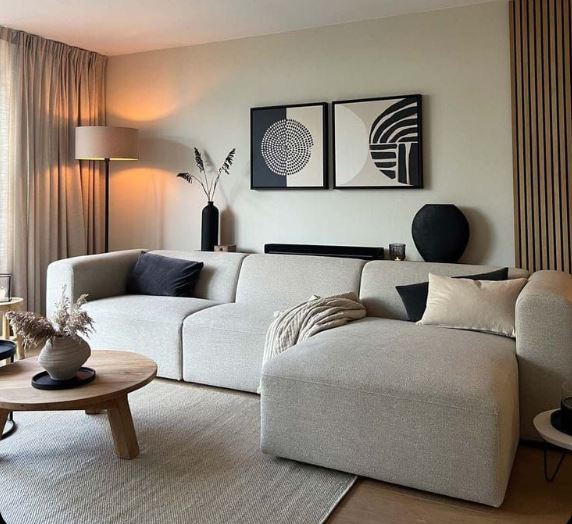
Decorate Minimally and Purposefully
Minimal decor must be purposeful and functional. It has to be and should serve for a specific purpose in the room. Overcrowd the space with too many ornaments, but instead decorate with a few ideal pieces that actually help out with the very basic design, while balancing up the room.
A large single piece of artwork or very few prints can provide visual interest without crowding the room. Another strategic placement of a mirror will actually bounce natural light around the room, making the space appear even larger.
Another awesome detail to add to a minimalist living room is plants-they are great because they bring life and vibrancy to the space but still keep a natural, calming feel to the space. Simplify in simple planters in neutral tones for a total cohesive look.
Capture Natural Light
Natural light dominates minimalist design and gives the impression of the space and an opening. Large windows with little to no space occupied would be preferred for a minimalist living room in order to open it up and brighten it from natural light. Sheer-colored curtains or blinds will cover windows but let in the sun rays through them.
A less-than-well-lit space can also be brightened by illuminating it with strategic placement of lights. Simple designs, like a sleek table lamp or floor lamp, can be added for a soft, warm ambient glow, while not disrupting the minimalist ambiance.
Recessed lighting or spotlights can also create a great focus point in a room to call attention to a specific area, such as an art piece or the seating area.
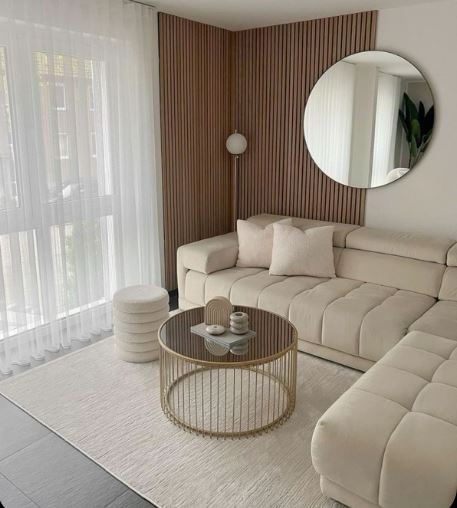
Add Textures to Warm the Room
While minimalist design brings forth sleek, clean surfaces, multiple textures can add much needed warmth and depth to a space. Wool, linen, or cotton-based softness in rugs, cushions, or throws give a space that warm, cozy ambiance while not sacrificing the minimal aesthetic appeal.
For example, a neutral-colored rug with only the slightest texture can set off the seating area and create a warm feeling to walk on barefooted. A few well-chosen cushions or a soft throw can similarly add comfort to a minimalist sofa without cluttering space.
The key is that the color palette be neutral, and the textures muted enough that they don’t detract, but instead enhance the minimalist design.
Invest in Quality Over Quantity
Pieces in a minimalist living room must be well-chosen: make sure that each piece of furniture is quality and fulfils its purpose in the room. Instead of piling up many items, put in an investment in a few quality products that can last for years.
Invest in furniture, for example in wood, metal, or even leather-materials less likely to wear out quickly but add a touch of sophistication to the room.
Focusing on quality rather than quantity, one will achieve a living room that makes sense in a thoughtful and totally cool effortless style.
Properly crafted furniture and decoration will also mean fewer quick replacements, so you stay lean and minimalist in the long run.
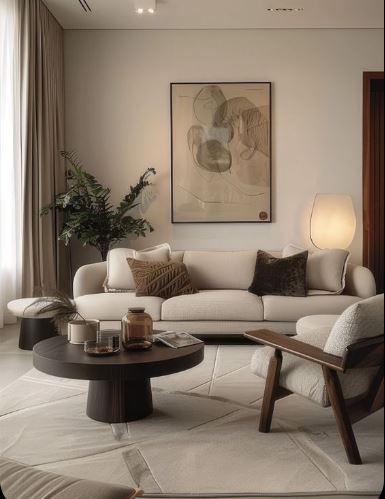
Conclusion
Minimalist Living Room Design: Simple, Purposeful, Stylish Space. You can make your living room welcoming, clutter-free, by choosing furniture with a clean-lined look, using neutral colors, and keeping decorations minimal.
It’s open space, natural light, and soft textures that would warm and comfort you without the compromise to the style in question. In the final analysis, you will end up with a well-planned minimalist living space in which to retire for peace and to unwind in a clean beautiful space.
